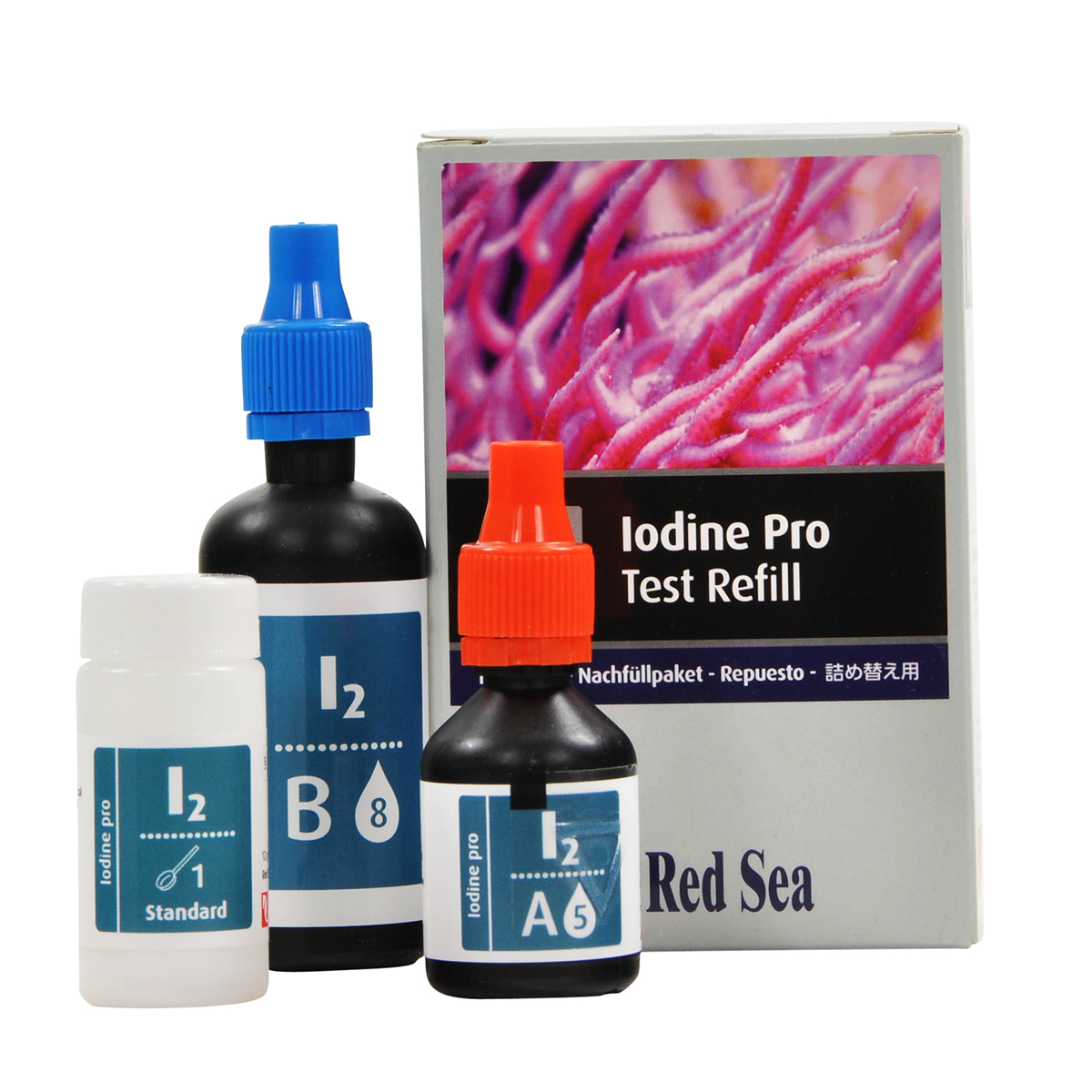

to the cell membrane, nucleus, or endosome). PathHunter protein translocation assays are based on the proprietary Enzyme Fragment Complementation (EFC) technology to measure the movement of proteins into different cellular membrane compartments (e.g. Utilize our Custom Assay Development services to create custom constructs, cell pools, or clones in a variety of cell types. Parental Cell Lines and Cloning Vectors.Refer to NHR Assays for details.Ĭreate Your Own Cell-Based Translocation Assays Nuclear Protein Cell Lines and Assay Ready Kits.Translocation Assays for Signaling Pathway Nuclear Proteins and Nuclear Hormone Receptor (NHR) Pharmacotrafficking Assays for GPCRs, Ion Channels, and Transporters Refer to Checkpoint Receptor Assays for details. Refer to GPCR Internalization Assays for details. Internalization Assays for GPCRs, Checkpoint & Cytokine Receptors, and Receptor Tyrosine Kinases (RTKs) Scientific Poster: Identify Effective Therapeutics with Simple, Quantitative Cell-Based Assays That Measure Receptor InternalizationĮurofins DiscoverX offers a variety of cell-based assays for tracking the movement of proteins to multiple membrane compartments.Application Note: PathHunter® GPCR Internalization Assays for Monitoring Receptor Endocytosis and Recycling.The Benefits and Challenges of Do-It-Yourself Cell-Based Assays.Ideal Methods to Study Cellular Transport Of Membrane Proteins.Unlocking Orphan GPCRs with an Innovative Forward Trafficking Approach.

Immuno-Oncology Application – Quantify antibody-based therapeutics targeting IO receptors that can induce high levels of internalization and serve as candidates for conjugation to cytotoxic compounds.Pharmacochaperone Discovery – Identify small molecule compounds that functionally rescue disease relevant mutant proteins involved in cystic fibrosis, Alzheimer’s disease, Huntington’s disease, and others.GPCRs, RTK, checkpoint receptors, nuclear proteins, ion channels, & more) Flexible Solutions – Create your own quantitative cell-based assays to study translocation of any protein (e.g.Simple, Rapid Assay – Explore protein movement to multiple cellular compartments using an easy-to-use, non-imaging, high throughput cell-based assay platform.Unlike alternative methods that require specialized equipment, antibodies, or fluorescent tags, these cell-based assays are high throughput, easy-to-use, quantitative, and highly specific and sensitive. PathHunter® protein translocation assays provide the ability to study internalization and trafficking of your protein of interest to and from different cellular compartments, and analyze the pharmacological effects of therapeutics on these events. Measuring therapeutic binding that alters translocating proteins provides insight into these adverse effects and ultimately helps with identifying safer drugs. If these movements are altered by therapeutic binding, protein mutations, or abnormal signaling undesirable consequences may occur such as drug tolerance, unwanted side effects, therapeutic toxicity, and diseases. Track Cellular Movement of Proteins to Multiple Membrane Compartments The movement of proteins from the plasma membrane to endosomes, endoplasmic reticulum to plasma membrane, or cytoplasm to nucleus is essential for their specific biological role and the function of the cell.


 0 kommentar(er)
0 kommentar(er)
